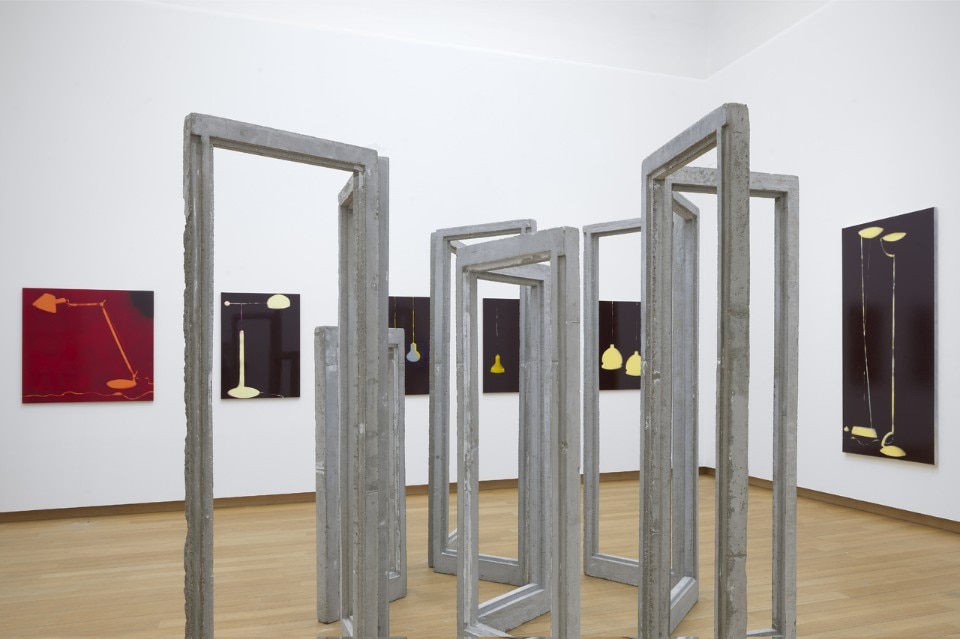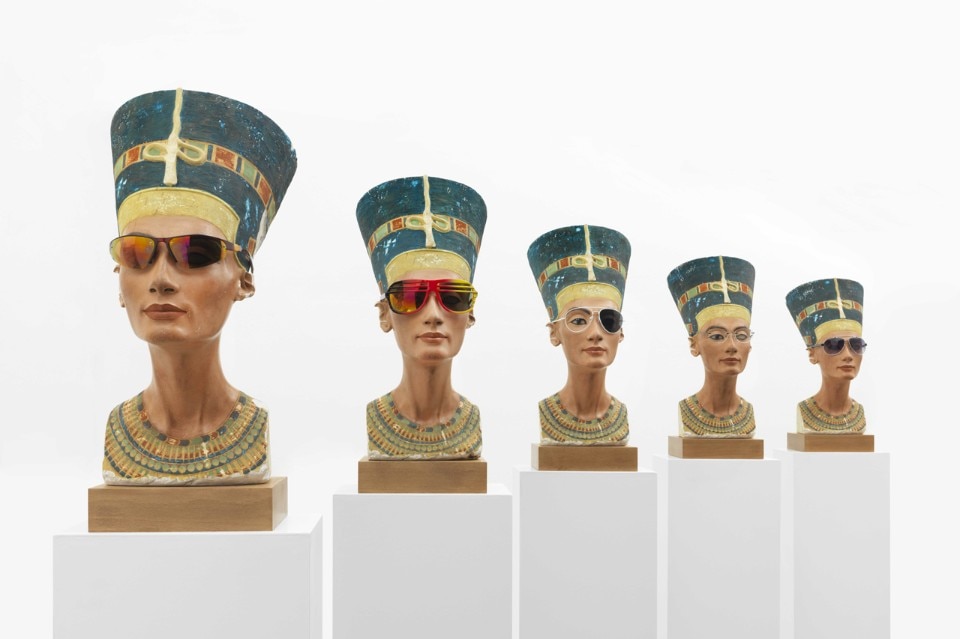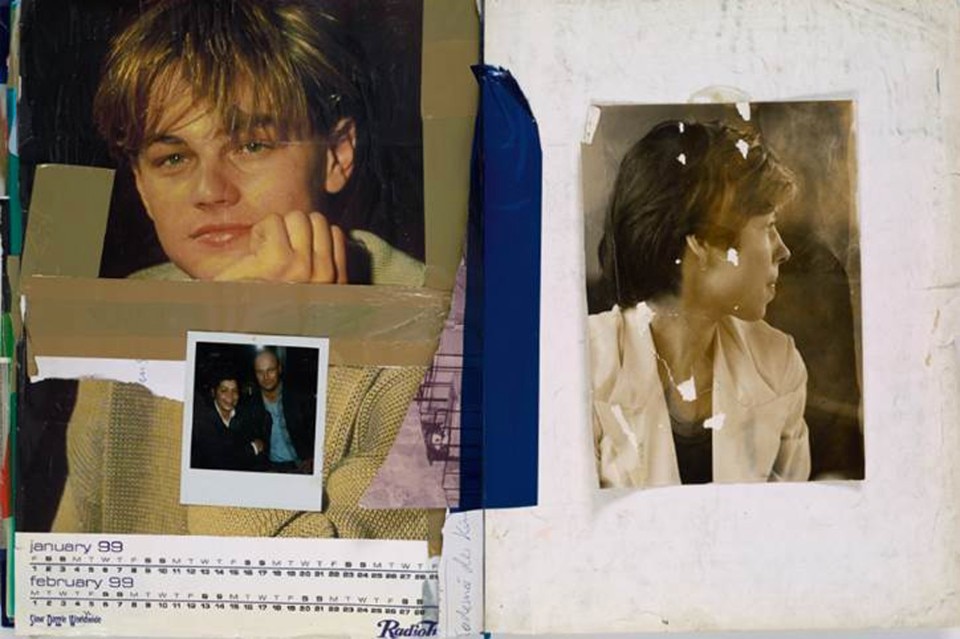
It is an ageless comparison of works from different periods that revolves around the constant alternation between synchronic elegance and cacophonous diachrony. The very first room vaunts this precarious imbalance proposing, in its centre, a replica of a classical bronze sculpture of a young man but wearing a Walkman. Completing this immersive environment centred on jarring contrasts are concrete architectural features that form dystopian and imaginary architecture.
During her artistic life, Isa Genzken has alternated many materials, sizes and changes of scale, and passed from 3D elements to 2D wall works. The body is a favourite area of experimentation and reference, via a work of abstraction, degradation and remixing, and using the stratified clothing of dummies in cheap synthetic garments and x-rays.
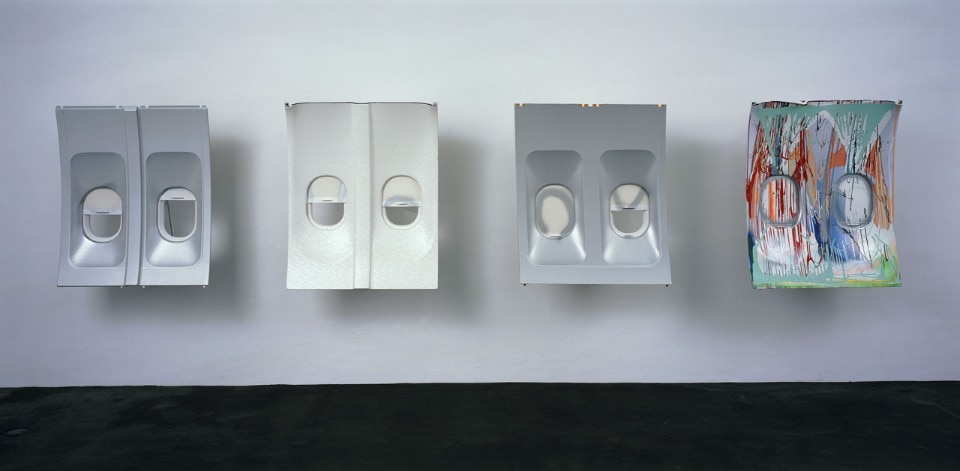
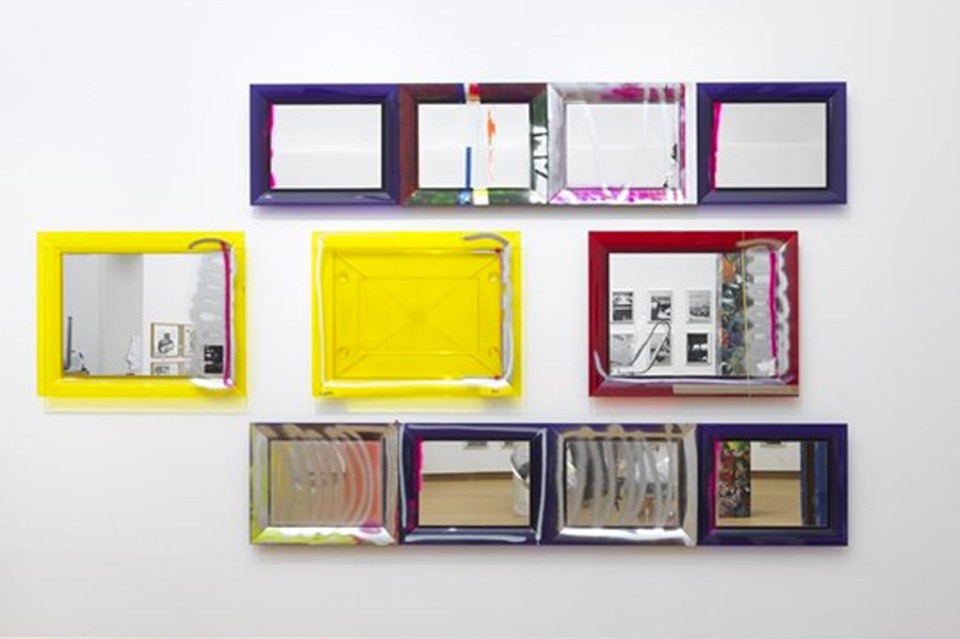
In the exhibition, components that link or skip through different epochs are illustrated in a mishmash of plastics, resins and concrete radios that deny communication, tuned in to the darkness of history – the hidden soul of the artist’s country of birth, Germany. Often, Genzken herself is the protagonist of combinations and alliterations as she brings into play personal portraits in dialogue with Leonardo’s Mona Lisa and Caravaggio’s Medusa, while reproductions of the bust of Nefertiti in the Neues Museum in Berlin appear as self-portraits accessorised with sunglasses, wigs, headphones and ties.
In Genzken’s hands, history is turned into an accumulation of fragments that form a sponge sucking on different disciplinary and personal spheres to become an almost encyclopaedic storehouse of knowledge, techniques and materials, seen as bearers of a vast knowledge that moves everything, from an Egyptian queen to Michael Jackson.
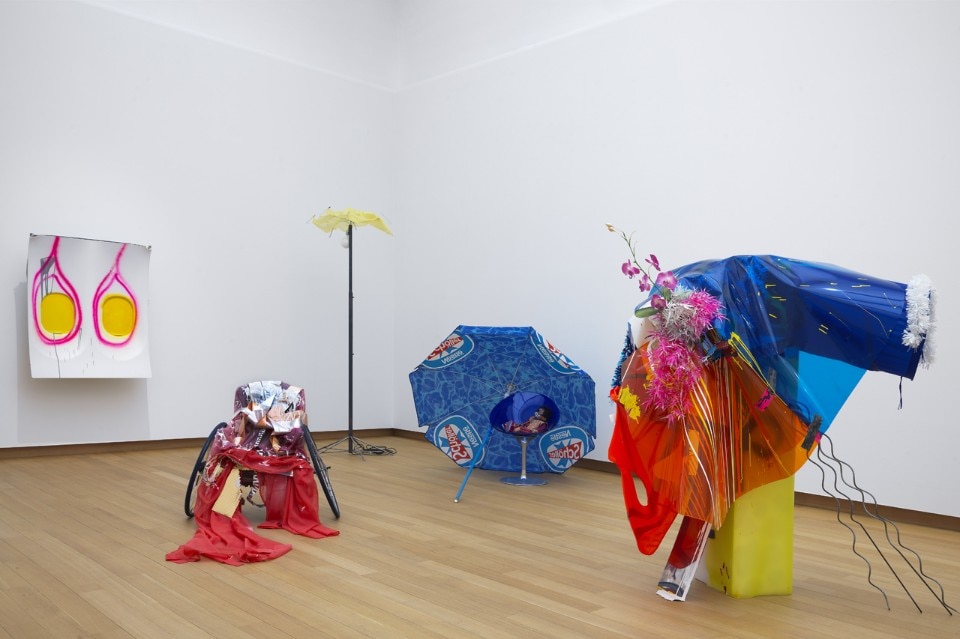
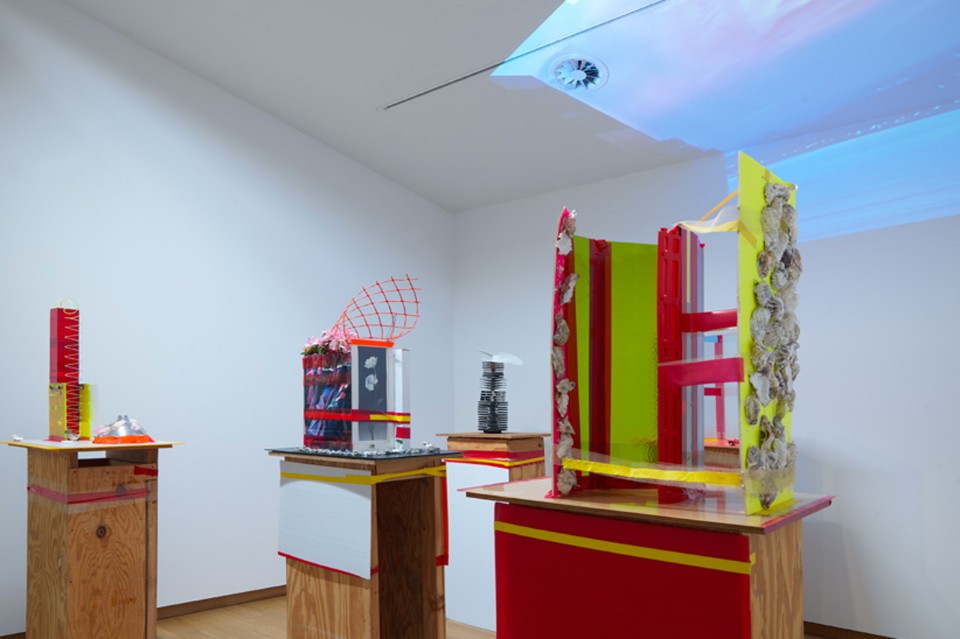
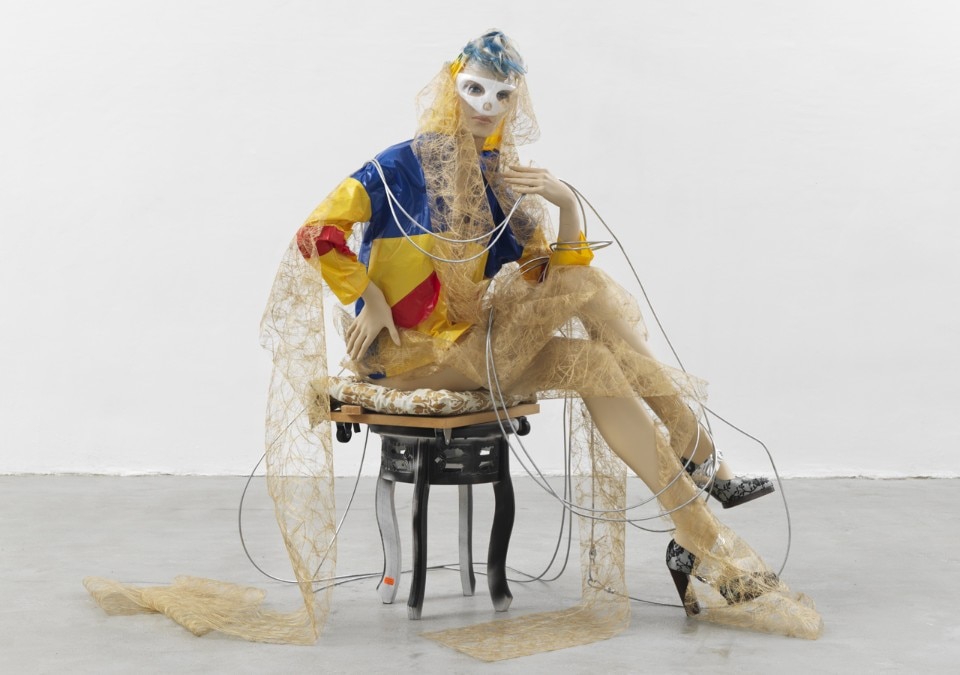
It is a female sensitivity that creates unusual combinations of materials and formats that are often tempered by the insertion of floral elements such as red roses or palm leaves. This systematic hybridisation of multiple and different constituents often references the much-loved metropolitan contexts where Isa Genzken has lived such as New York, Berlin and Amsterdam.
For the German artist, the most commonplace objects and disparate images offer an opportunity to construct a space that questions our today, measuring it against the yardstick of art, and its hidden relations, highlighting the complexities and contradictions of everyday life. Sometimes this investigation takes the form of a more intimate and ironic dialogue as in the film Zwei Frauen im Gefecht (Two Women in Combat, 1972), a perpetual dressing and undressing by Genzken and her friend Susan Grayson. Other times it appears as more direct social criticism as in Memorial Tower (Ground Zero) in which she proposes a non-physical reconstruction of the Twin Towers, imagining long strips of coloured plastic serving as supports and building an exchange of questions and answers with a community devastated by the traumatic event that has marked the contemporary era. This extensive and well-curated exhibition conveys the importance of artistic research that is constantly evolving and always related to the social and cultural dynamics of our times.
